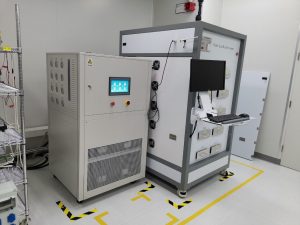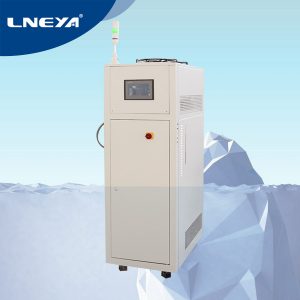What are the main hazards of the reaction kettle in the reactor intelligent temperature control syst
The intelligent temperature control system of the reactor is used in various chemical fines. With the constant attention of the industry safety issues, some risk factors of the intelligent temperature control system of the reactor should be avoided in time.
In the pharmaceutical and chemical industry, it operates in various fine productions. In the chemical industry, there are many intelligent control systems for reactors, many storage tanks, and a wide network of pipe networks. From a structural point of view, the entire production system is composed of several production units. Reactor intelligent temperature control system Each production unit is composed of one or more reactors, a condenser and a rectification tower.
The material in the kettle is too fast, the cooling rate is low, and the condensation effect is poor, which may cause the material to boil, form a vapor-liquid mixture, generate pressure, weak links from the venting tube, vapor phase tube, safety valve, and blasting. The pressure relief system such as the sheet is subjected to pressure relief and compaction. If the material cannot reach the submerged fruit with rapid pressure relief, it may cause the explosion of the kettle body.
If the welding and gas cutting maintenance work is carried out without taking effective precautions during the material reaction process in the intelligent temperature control system of the reaction kettle, or the bolts and irons are hit and beat to generate sparks, once the inflammable and explosive materials are encountered May cause fire and explosion.

It should be noted that the feed temperature of the reactor intelligent temperature control system is too fast, the feed ratio is out of control, or the feed sequence is wrong. It is possible to generate a rapid exothermic reaction. If the cooling cannot be synchronized, heat accumulation will occur, causing the material to be partially decomposed by heat. The material reacts quickly and generates a large number of hazardous gas accidents.
In the operation of the intelligent temperature control system of the reaction kettle, when feeding, for the atmospheric pressure reaction, if the venting tube is not opened, when the liquid material is transported into the kettle by the pump at this time, the positive pressure is easily formed in the kettle, which may cause the connection of the material pipe. Cracking, material accidents cause burns caused by personal injury. When unloading, if the material in the kettle is unloaded when it is not cooled to the specified temperature, the material at higher temperature is easily deteriorated and it is easy to cause the material to splash and burn the operator.
We need to pay attention to the issue of production safety, and do a good job in safety in time to avoid personal injury caused by improper use.
Related recommendations
-
What is the temperature control of the reactor?
1134The reactor cooling system is one of the common equipment in the chemical industry. It can not only heat but also refrigerate to meet the needs of heating and cooling in the reaction process. There are usually three ways to control the temperatu...
View details -
Troubleshooting of refrigeration system failure of material aging test equipment at low temperature
1065Regular maintenance work for the material low temperature and high temperature aging test system, and troubleshooting of the refrigeration system is also very important. Here are a few tips. 1. Exhaust at double high pressure, heat dissipation ma...
View details -
Professional introduction of dynamometer with motor cooling device
1204In the test of AC and DC motor and power tool, the test equipment such as dynamometer is often used. The dynamometer mainly tests the torque, speed and output power of the motor. The speed of the dynamometer usually Professional introduction of d...
View details -
Application and advantages of new energy automotive motor test equipment
980LNEYA's new energy motor test equipment is used in HEV (Hybrid Electric Vehicle), BEV (Electric Vehicle), Hydrogen Power Vehicle, Fuel Cell Electric Vehicle, EREV (Extended Range Electric Vehicle) and other new energy vehicles. LNEYA's equipment a...
View details
 LNEYA Industrial Chillers Manufacturer Supplier
LNEYA Industrial Chillers Manufacturer Supplier














